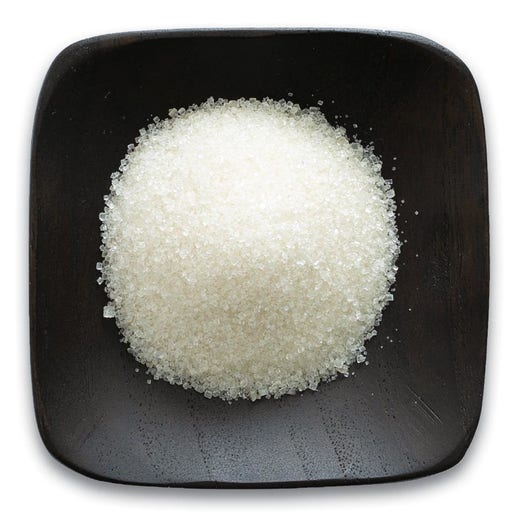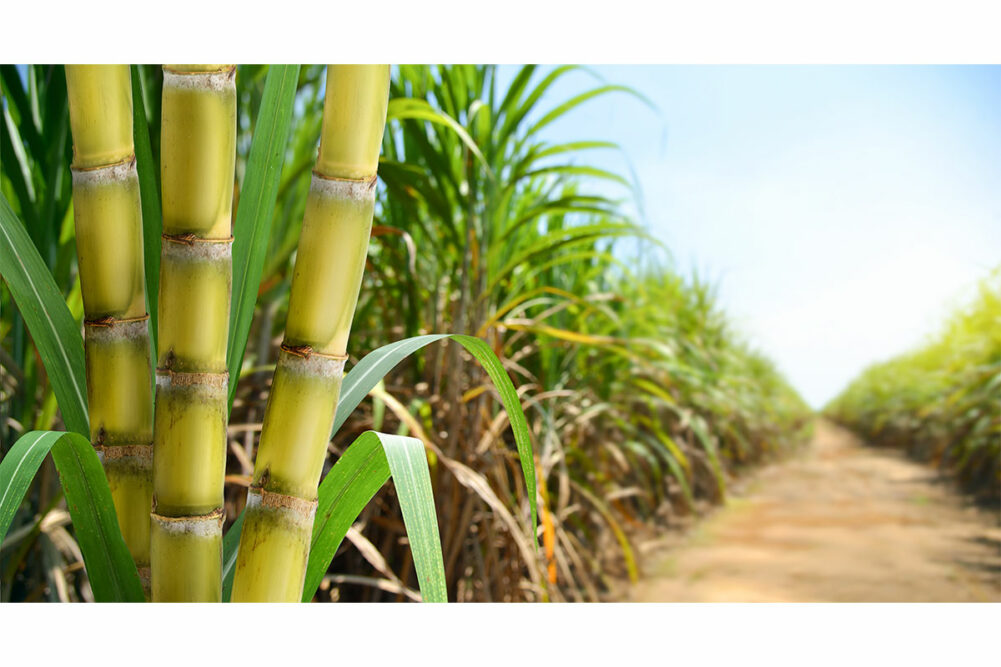A Thorough Overview to the Ecological Influence and Sustainability Practices in Walking Cane Sugar Processing
The environmental impact of cane sugar processing presents a complex array of difficulties that warrant mindful examination. From dirt destruction and excessive water use to the carbon impact associated with farming and manufacturing, the effects of typical techniques are significant. What details practices can be implemented to strike an equilibrium in between productivity and environmental stewardship?
Review of Walking Cane Sugar Handling
Cane sugar processing includes a collection of systematic actions that change sugarcane into polished sugar. At first, harvested sugarcane is moved to processing centers, where it undertakes cleaning to get rid of soil and debris. Following this, the walking stick is crushed to extract juice, which is after that clarified by removing pollutants through heating and the addition of lime.
The cleared up juice undertakes evaporation, where water is removed to concentrate the sugar web content. These crystals are separated from the remaining syrup making use of centrifugation, resulting in raw sugar.
The end product is after that dried and packaged for circulation. Throughout this whole process, preserving performance and quality assurance is necessary to make certain the sugar meets market criteria. Each step in walking stick sugar handling not just adds to the end product yet also has ramifications for source use and waste generation, setting the stage for conversations on sustainability and ecological impacts connected with sugar production.
Ecological Obstacles of Manufacturing
The manufacturing of cane sugar presents a number of considerable ecological difficulties that warrant interest. One key problem is the extensive use of agrochemicals, including fertilizers and pesticides, which can lead to dirt destruction, biodiversity loss, and contamination of neighborhood water resources. The drainage from sugarcane areas frequently brings these chemicals into nearby communities, interrupting water life and affecting the health of areas reliant on these water bodies.
An additional obstacle is the high power intake related to sugarcane handling. The boiling and refining stages require significant warm, mainly produced by burning nonrenewable fuel sources, adding to greenhouse gas discharges. Additionally, the large land location required for sugarcane farming can cause deforestation and habitat destruction, more worsening climate adjustment and harmful wildlife.
In addition, the labor methods in some regions elevate honest concerns, as employees may encounter bad working conditions and insufficient wages. This scenario commonly continues a cycle of poverty in neighborhood communities. Cane Sugar Processing. Resolving these ecological challenges is critical for establishing extra lasting practices in cane sugar manufacturing, eventually profiting both the environment and the communities associated with this sector
Water and Land Usage Impact
Water sources and land use are critical parts in the walking stick sugar sector that considerably influence the environment. The growing of sugarcane calls for significant water input, with quotes recommending that it can consume as much as 2,000 litres of water per kilo of sugar generated. This intensive use of water often causes exhaustion of neighborhood water resources, affecting not only the sugarcane vineyards yet also surrounding ecological communities and communities that depend on the very same water resources for farming and residential use.

Moreover, land use for sugarcane cultivation can cause logging and the conversion of natural environments right into monoculture ranches. company website This technique diminishes biodiversity, interrupts local environments, and adds to soil destruction. The expansion of sugarcane fields typically elbows in on useful agricultural land, producing competitors for sources in between food and biofuel manufacturing.
Lasting techniques, such as maximizing watering methods and carrying out plant rotation, are necessary to reduce these effects. By taking on extra effective water usage and land monitoring methods, the cane sugar sector can lower its environmental footprint, guaranteeing an equilibrium in between agricultural performance and ecological preservation.
Greenhouse Gas Emissions
Greenhouse gas exhausts represent a significant ecological issue within the cane sugar handling market, specifically as farming practices increase to meet international demand. The cultivation of sugarcane, a plant that thrives in exotic climates, counts heavily on artificial fertilizers and chemicals, which add to nitrous oxide exhausts. In addition, land-use modifications, consisting of deforestation for brand-new sugarcane plantations, launch carbon dioxide stored in plant life and dirt.
Throughout handling, power usage is another major source of greenhouse gas exhausts - Cane Sugar Processing. Several sugar mills make use of fossil fuels to power machinery and generate heat, resulting in considerable carbon footprints. Additionally, the transportation of raw sugarcane and finished products adds layers of emissions through gas burning in lorries
This includes assessing existing agricultural techniques, processing approaches, and transportation systems to identify locations for improvement and reduction. find this Dealing with greenhouse gas exhausts is necessary for fostering an extra sustainable walking stick sugar industry in a transforming climate.

Lasting Practices and Innovations
Sustainable techniques and developments are increasingly crucial in the cane sugar handling sector as stakeholders seek to lower environmental effects while keeping efficiency. One substantial advancement is the implementation of incorporated plant management, which enhances resource usage by integrating soil administration, parasite control, and crop turning techniques. This method improves return while reducing chemical inputs and preserving soil health and wellness.
Moreover, the adoption of renewable resource resources, such as biomass from sugarcane residues, has actually gained traction - Cane Sugar Processing. By converting waste items into energy, processing facilities can minimize their dependence on nonrenewable fuel sources, thus reducing greenhouse gas exhausts
Water management practices have actually additionally seen improvements with the recycling and reusing of water in handling plants, significantly decreasing freshwater intake. Innovations in modern technology, such as accuracy farming, enable farmers to keep track of crop wellness and resource use better, making certain lasting cultivation methods.
Furthermore, qualification programs like Fair Trade and Jungle Alliance motivate ecologically accountable farming practices and advertise social equity within the supply chain. By accepting these sustainable practices and developments, the cane sugar handling market can enhance its resilience and add positively to environmental stewardship.
Verdict
The environmental impact of walking cane sugar processing presents substantial difficulties, including dirt deterioration, high water intake, and greenhouse gas discharges, alongside moral worries connected to labor techniques. Dealing with these concerns with sustainable methods, such as integrated plant management, renewable resource fostering, and water recycling, is vital. By promoting socially fair and environmentally liable techniques in sugar production, the sector can alleviate its adverse impacts, ensuring a much more lasting future for both environments and communities included in this sector.
Walking stick sugar handling entails a series of methodical additional info actions that change sugarcane right into refined sugar. Each step in walking stick sugar handling not just contributes to the final item yet also has ramifications for source usage and waste generation, establishing the stage for discussions on sustainability and environmental effects linked with sugar production.
Greenhouse gas emissions stand for a significant ecological problem within the walking cane sugar handling industry, particularly as agricultural practices expand to satisfy worldwide demand.Sustainable methods and innovations are progressively important in the walking stick sugar processing market as stakeholders seek to minimize ecological effects while preserving performance.The ecological influence of walking cane sugar handling offers substantial challenges, including soil degradation, high water consumption, and greenhouse gas emissions, alongside moral concerns related to labor methods.